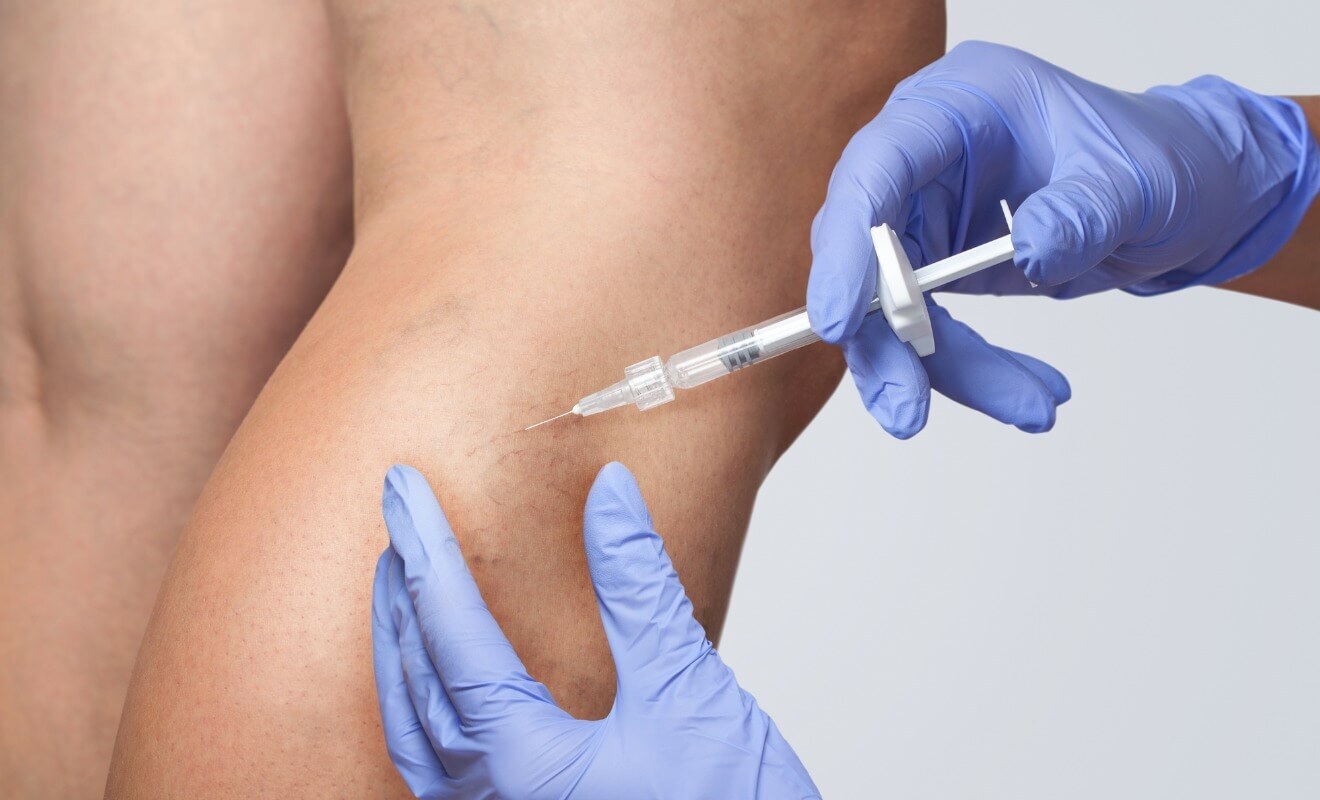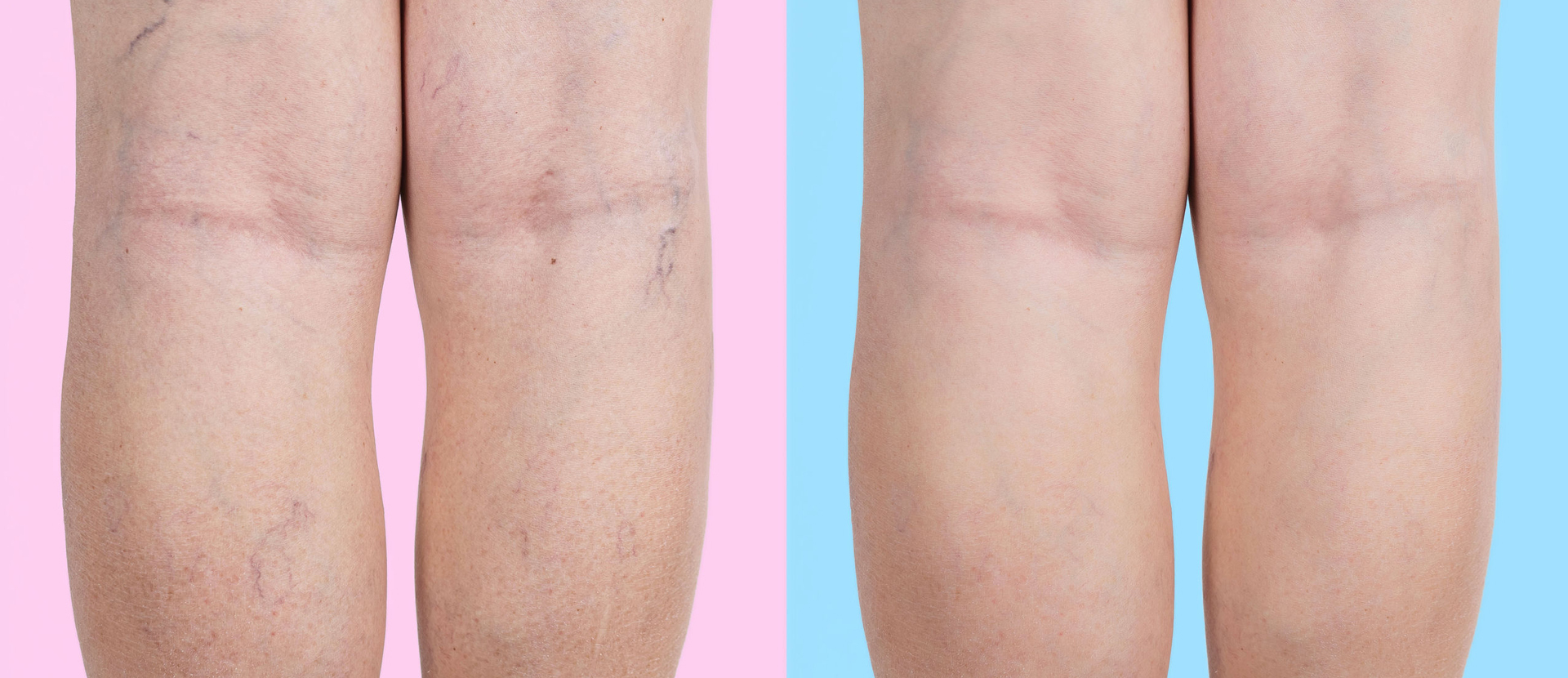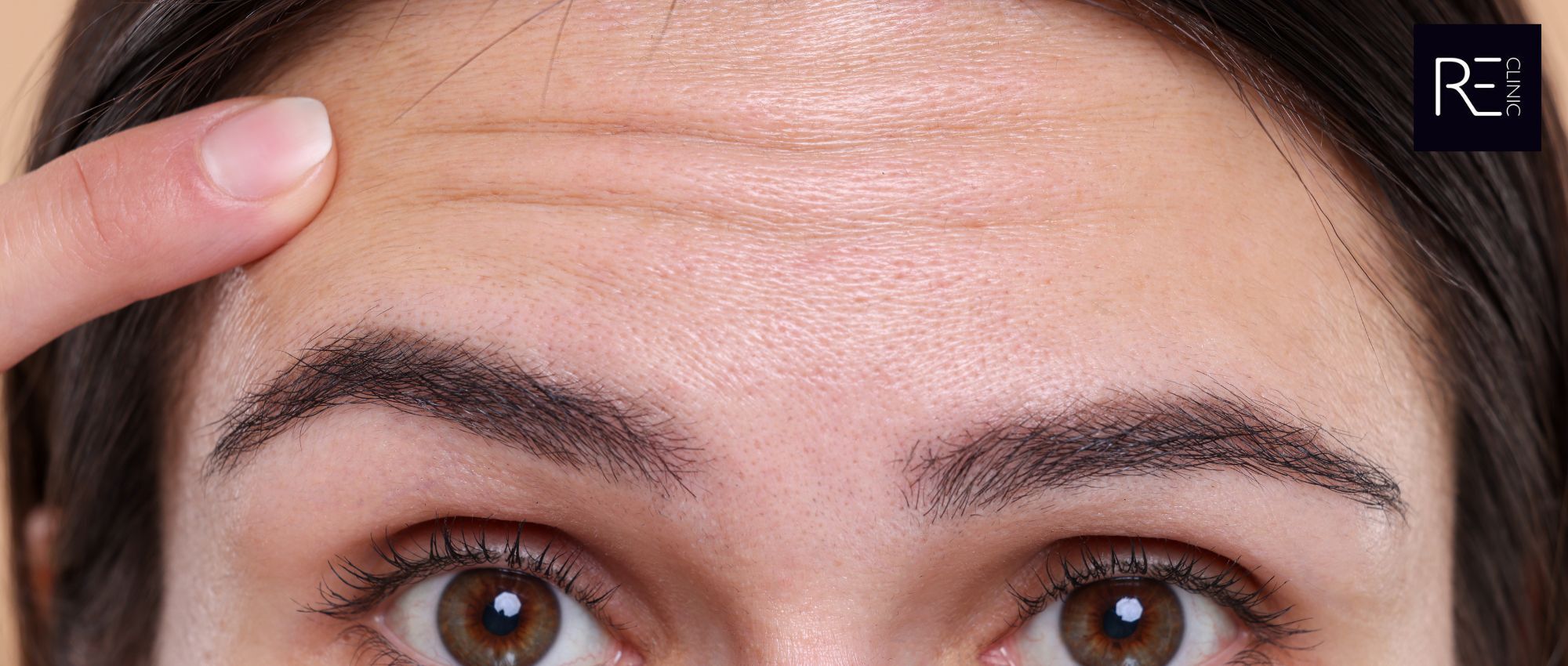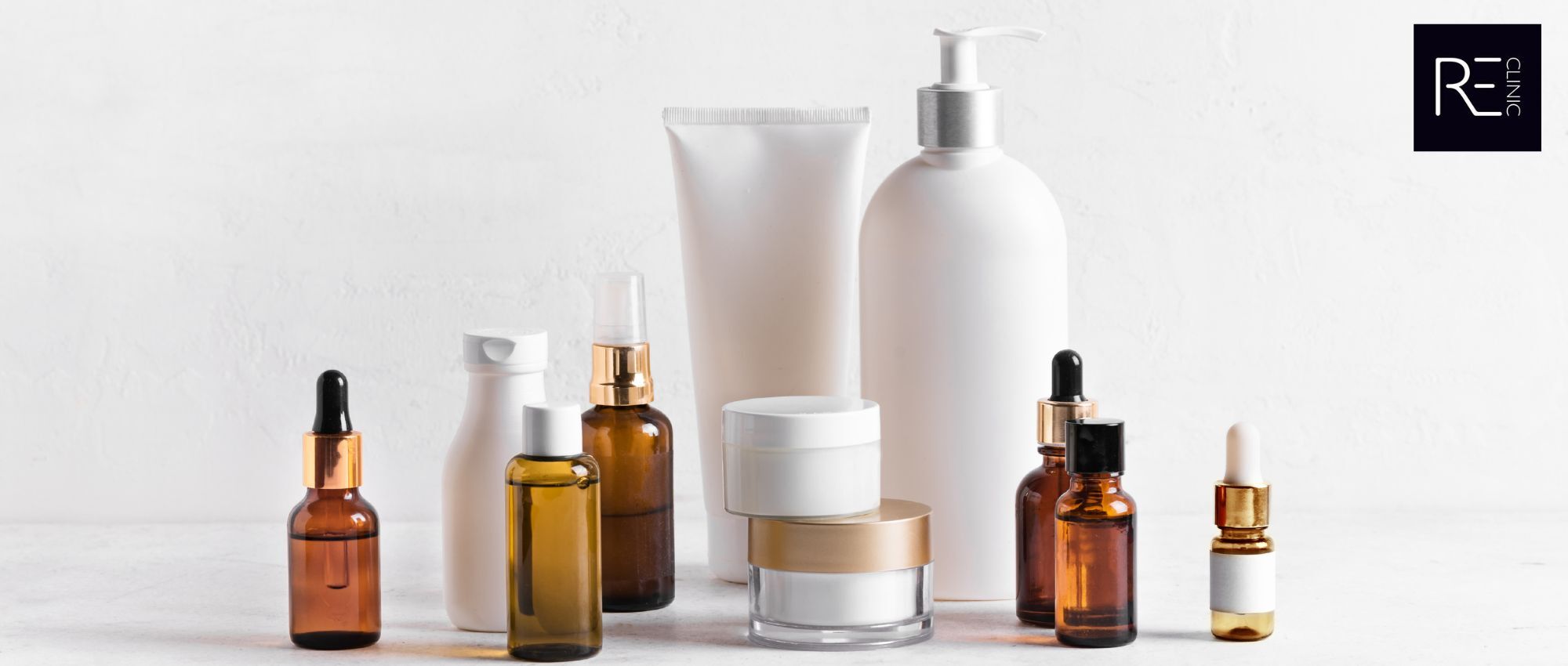Thread vein removal at REclinic

What is Microsclerotherapy?
Microsclerotherapy is the treatment designed to manage problem veins from telengiectasia to small reticular veins. The best treatment for these small veins is using a sclerosing agent such as Fibrovein. Lasers are sometimes used to treat thread veins in the legs, but comparative trials show microsclerotherapy to be superior. (Laser is superior for the face.)
Which parts of the body can be treated?
Your initial consultation is very important to assess the veins you are concerned about but we can generally treat any minor thread veins on the body and legs (microsclerotherapy is not indicated for any veins below your ankles and on your feet).
What is Fibrovein?
Fibrovein is the trade name of a detergent-based chemical called sodium tetradecyl sulphate and is licensed for the treatment of varicose veins and thread veins.
How does Fibrovein work?
Fibrovein blocks the veins by irreversibly damaging the blood vessel walls. The solution irritates the lining of the vein causing the walls of the vein to stick together. Blood stops flowing through the veins which are then absorbed by the body’s natural defence mechanism.
What is the procedure?
The area of thread veins to be treated is cleaned with an alcohol or antiseptic. An ultra-fine gauge needle is inserted into the lower layer of the skin. Once a vein has been entered the solution is injected slowly for 15 – 20 seconds until the area of thread vein disappears or skin bleeding / or a visible pink reaction occurs.
The needle is removed and pressure is applied to the injection site with sterile gauze. The process is repeated on other areas of thread veins in the same leg. Once the procedure is complete, compression stockings are applied.
The procedure takes approximately 45-60 minutes.
What should I do after my treatment?
- Take a brisk walk immediately post-treatment
- Wear the compression hosiery day and night for the first 3 days and daytime only for 2 weeks
- Avoid extreme temperatures avoid sun exposure
- Avoid flying for 4 weeks
- No leg waxing for 6 weeks
- Avoid high-impact exercise for 2 weeks
- Keep mobile encouraging daily walking
What results am I likely to get?
Some bruising may appear and can last anything from two weeks to three months depending on the size of the blood vessels treated. The treated areas can look worse before they improve as a result of the bruising. With patience, a good result is achieved.
Some patients need more than one treatment to get the best results. I would recommend further treatment after three months if any remaining veins have not disappeared.

The common side effects and complications are:
Bruises, raised red areas, aching in the leg, brown lines or pigmentation marks on the skin, or matting.
Very rare complications associated with this treatment are allergic reactions, ulcers, migraine, deep vein thrombosis, inflammation and stroke.
How many sessions will I need and how much does it cost?
Generally speaking, we recommend to plan for 2-3 treatment sessions approximately 2-3 months apart. It takes up to another 3 months after your visit before you see the final result.
Thread vein removal treatments at a glance
Please note that you are paying for the treatment only and no guarantee is made of any outcome. Refunds cannot be given under any circumstances, as the product has been used and the service has been delivered.
Latest blog posts

Beyond Beauty: Unexpected Benefits of Anti-Wrinkle Injections
Friday 27, December, 2024
When you hear “anti-wrinkle injections,” you probably think of smoothing out crow’s feet or softening frown lines. But did you know these treatments offer so much more than just wrinkle reduction? At REclinic, we’re here to reveal the surprising ways anti-wrinkle injections can enhance your confidence and improve your quality of life.

Skinimalism: Why Less is More in Skincare (and Life!)
Friday 06, December, 2024
Do you have a bathroom cabinet overflowing with serums, creams, toners, and masks, all promising eternal youth? Well, guess what—your skin doesn’t need a 12-step routine to look fabulous. Enter skinimalism, the trend that’s making us all rethink our overachieving skincare habits. With its focus on simplicity, quality over quantity, and letting your natural skin shine, skinimalism is a game-changer. But where do medical aesthetic treatments fit in? Oh, they fit perfectly—like a single chic accessory to elevate an outfit. Let’s explore why going minimalist with your skincare is the ultimate glow-up.